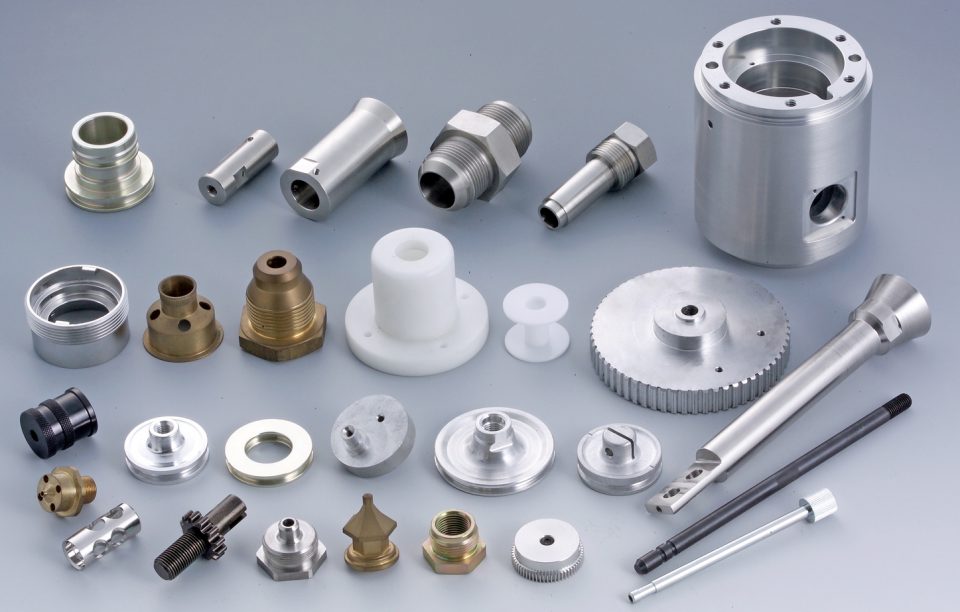The aeronautics industry uses a wide variety of materials to create flight-worthy vehicles. Space flight is a particular challenge with engineers testing new materials regularly. As designs change, manufacturers must adjust their processes to match new levels of required tolerance. Precision metal parts help designers test theories by allowing builds that meet their design specs.
Challenges of Aeronautics Manufacturing
Aeronautics vehicles must function without failure in high-altitude and high-pressure environments. The need for an extremely low failure rate coupled with the need for durability in unique situations means that engineers continuously test new alloys. Another challenge is the need for exact parts used in increasingly complex designs. Even small margins of error can fail a costly project. Needed parts continue to grow smaller as flying crafts become increasingly less obtrusive. Drones and spacecrafts include separate vehicles designed for use after landing. Innovative machining techniques, like photo etching precision machine parts, make it possible for manufacturers to produce complex prototypes for airplanes, satellites, spacecraft, and missiles. Some areas that benefit from precision machine parts include:
- Military Defense: Fighter jets, long-range missiles, and military transports all use components that require specific tolerances and designs.
- Exploring the Solar System: Precision machine parts are an essential element in designing and manufacturing space-worthy craft and maintaining achievements like the international space station.
- Improving the Global Supply Chain: All air travel, both inside and outside the atmosphere, depends on precision machining. Fabrication plays an unseen but critical role in moving goods around the globe. Air travel helps with delivering humanitarian aid as quickly as possible. Also, disparate cultures better understand one another with accessible travel between exotic locations.
Types of Parts Available
In the aerospace industry, precision machining is part of necessary infrastructure for virtually every piece of an aircraft. The turbines in the engine might be a large piece, but it still needs to meet the design specifications as precisely as possible. Some smaller parts that go into liftoff include:
- EMI/RFI shielding
- Apertures
- Battery springs
- Encoder disks
- Fine metal screens
- Heat sinks
- Stabilization shims
- Custom thin metal parts
Benefits of Photo Etching in Machining
For the aerospace industry, the ability to manufacture vast numbers of elements is less important than the ability to meet engineering requirements. It is unlikely that an aircraft manufacturer is going to order 30,000 units produced in a single year, but the few hundred on order must be error-free. The photo etching process allows the fabrication of highly complex parts with no manufacturing delay. It also provides for burr-free production, making these parts usable without expensive reworks. Get it done right the first time.

